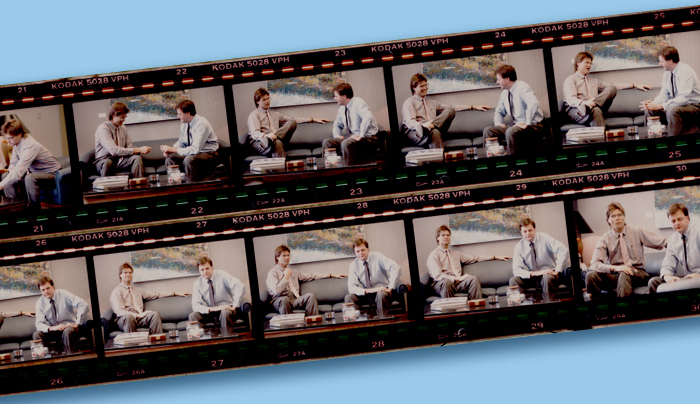Surprise! Mid-century modern and minimalism are “a feast for the eyes, but a nightmare for the ears.”
Wanna be an artist? Jerry Saltz offers up “33 rules to take you from clueless amateur to generational talent (or at least help you live life a little more creatively).” Rule no. 20: Accept that You Will Likely Be Poor.
Speaking of art, this is pretty cool.
For months in the early 1940s, Alexander Weygers and his wife Marian “slept in a tent he’d built and stayed alive on dandelion soup and gopher stew.” Meanwhile, he patented a flying saucer.
William Logan reviews Ursula K. Le Guin’s poetry. He’s…not kind: “There’s a breathless bit of Zen, a dash of lardish sentiment, and a lot of pure idiocy on every page.”









